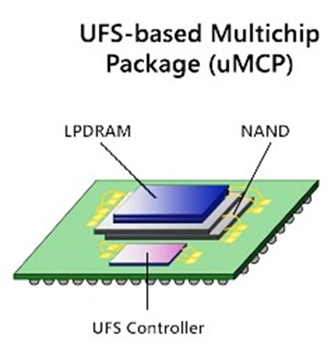

As the storage field has developed, there are now many different types of storage products. Below, we will introduce several common storage types and their applications:
1. NAND
NAND Flash memory is a type of Flash memory, which belongs to non-volatile memory. It uses a nonlinear macrocell architecture to provide a cost-effective solution for solid-state high-capacity memory. NAND Flash memory has advantages such as large capacity and fast rewrite speeds, making it suitable for storing large amounts of data, leading to its increasingly widespread use in the industry, such as flash drives, solid-state drives, eMMC, UFS, etc.
According to different process technologies, NAND has developed from the earliest SLC to today’s MLC, TLC, QLC, and PLC.
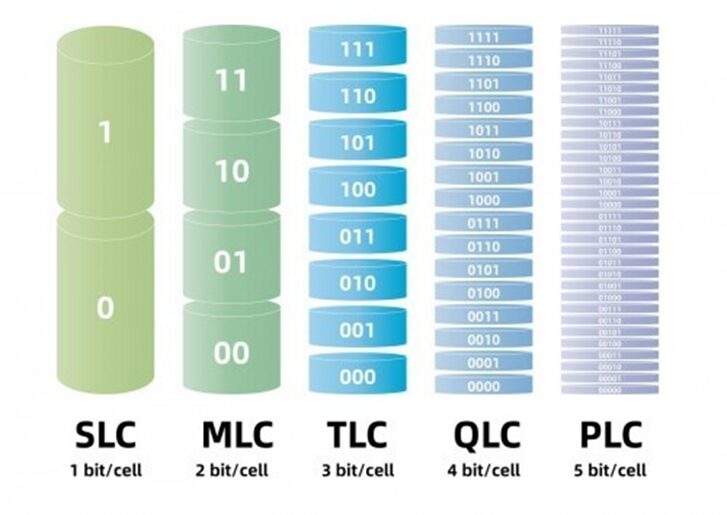
Speed and price comparison ranking: SLC>MLC>TLC>QLC>PLC
Capacity comparison ranking: PLC>QLC>TLC>MLC>SLC
Currently, the mainstream application solutions are TLC and QLC. SLC and MLC are mainly targeted at military, enterprise-level applications, featuring high-speed writing, low error rates, and long durability.
Additionally, NAND Flash can be divided into two major categories based on the corresponding spatial structure: 2D structure and 3D structure:
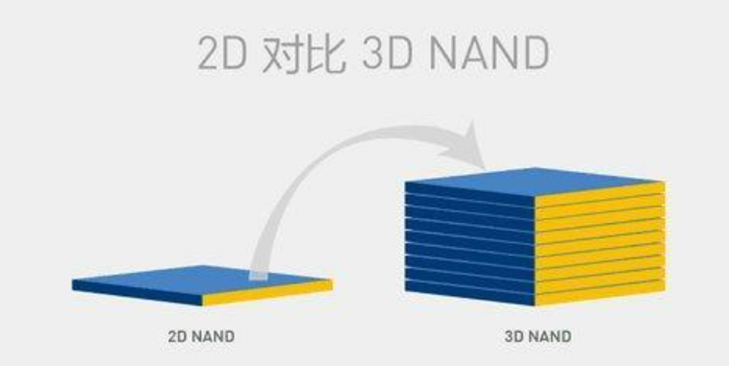
Below are the mass production statuses of major NAND Flash chip manufacturers in 3D NAND Flash products:
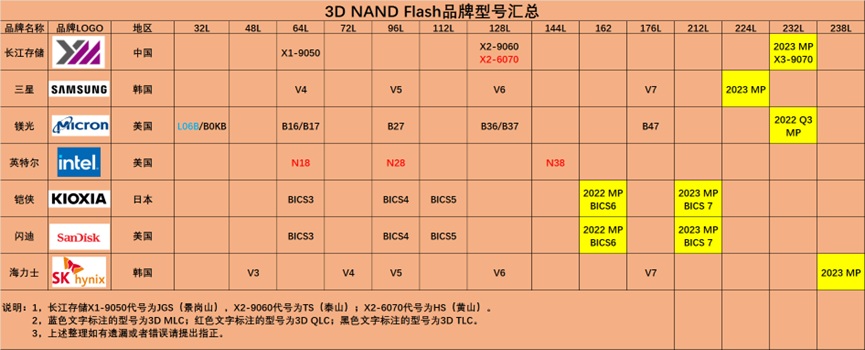
2. DDR, LPDDR
DDR stands for Double Data Rate (Double Speed Synchronous Dynamic Random Access Memory), and technically, it should be called DDR SDRAM, which is a type of volatile memory. Although JEDEC officially announced the DDR5 standard in 2018, the final specifications were not completed until 2020. Its goal is to double the memory bandwidth based on DDR4, starting from a speed of 3200MT/s and reaching up to 6400MT/s, with voltage reduced from 1.2V to 1.1V, resulting in a 30% reduction in power consumption.
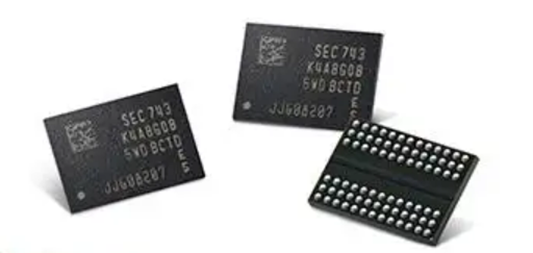
LPDDR adds the LP (Low Power) prefix to DDR, which stands for Low Power Double Data Rate SDRAM, commonly known as “low power memory,” which is a type of DDR known for its low power consumption and small size. The latest standard, LPDDR5, is considered the standard for the 5G era, but the mainstream in the market remains LPDDR3/4X.
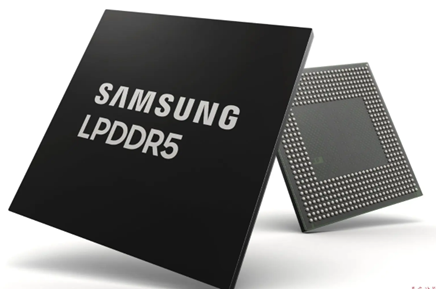
What are the differences between DDR and LPDDR?
The application fields are different. DDR, due to its higher data rate, lower energy consumption, and higher density, is widely used in various smart products such as tablets, set-top boxes, automotive electronics, and digital TVs. Especially during the pandemic, the demand for tablets and smart boxes has gradually increased due to remote work, online classes, and entertainment, which has raised the storage performance requirements for DDR3 and DDR4 to be higher and more stable.
LPDDR has lower power consumption and smaller size compared to its DDR counterparts, and this type of chip is mainly used in low-power devices such as mobile electronics.
LPDDR and DDR are closely related; simply put, LPDDR evolved from DDR, LPDDR2 evolved from DDR2, LPDDR3 evolved from DDR3, and so on. However, starting from the fourth generation, the two began to diverge in development, mainly because DDR memory improves performance by increasing core frequency, while LPDDR enhances user experience by increasing prefetch bit counts. In commercial terms, LPDDR4 was the first to land in the consumer market ahead of DDR4.
3. eMMC, UFS
eMMC (Embedded Multi Media Card) adopts a unified MMC standard interface, encapsulating high-density NAND Flash and MMC Controller in a single BGA chip. Given the characteristics of Flash, the product internally includes Flash management technologies, including error detection and correction, average flash erase, bad block management, power loss protection, and more. Users need not worry about changes in the internal flash wafer process and technology. At the same time, a single eMMC chip saves more space on the motherboard.
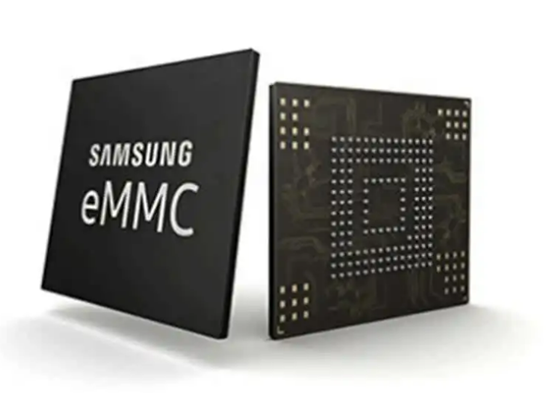
In simple terms, eMMC=Nand Flash+Controller+Standard Packaging
eMMC has the following advantages:
1. Simplifies the design of storage for mobile products.
2. Fast update speed.
3. Accelerates product development efficiency.
UFS: Universal Flash Storage, can be seen as an advanced version of eMMC, also composed of an array storage module consisting of multiple flash chips and a controller.
UFS overcomes the limitation of eMMC, which only supports half-duplex operation (read and write must be executed separately), allowing for full-duplex operation and thus doubling performance.
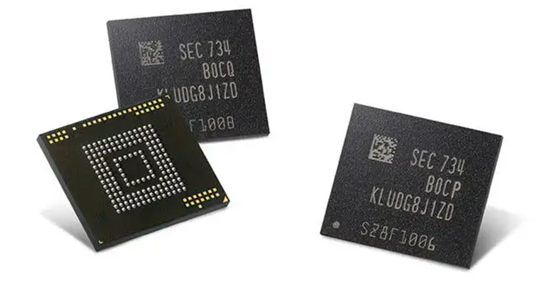
4. eMCP, uMCP
eMCP is a standard for smartphone memory that combines eMMC and LPDDR packaging. Compared to traditional MCP, eMCP has a built-in NAND Flash controller chip that reduces the burden on the main chip’s computation and manages larger capacity flash memory. In terms of design, both eMCP and eMMC embedded memory design concepts aim to make the thickness of smartphones thinner and save space.
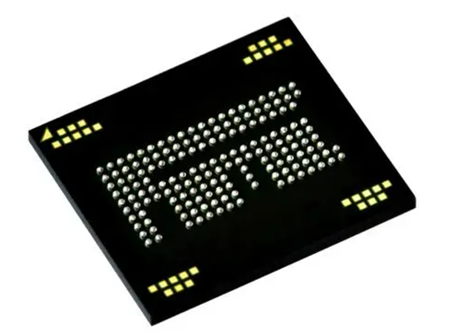
uMCP is a standard for smartphone memory that combines UFS and LPDDR packaging. Compared to eMCP, domestically produced uMCP is more prominent in performance, providing higher performance and power savings.
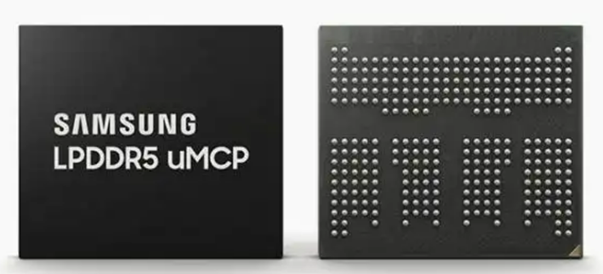
eMMC packages both the NAND Flash chip and the controller together, while eMCP packages eMMC and LPDDR together. For smartphone manufacturers, during a critical period of shortage in the storage industry, it is quite challenging to ensure the required Mobile DRAM for smartphone shipments while also ensuring eMMC supply, making eMCP the preferred solution for most mid-range and low-end phones.
uMCP follows the trend of UFS development to meet the demands of 5G smartphones.
High-end smartphones have high performance requirements, necessitating high-frequency communication between the CPU processor and DRAM. Therefore, high-end flagship smartphone customers prefer to use CPU and LPDDR for POP packaging, which simplifies circuit design, reduces the difficulty for engineers in designing PCBs, minimizes signal interference between the CPU and DRAM communication, and enhances the performance of the final product, although this increases production difficulty and costs.
The development of 5G smartphones will gradually penetrate from high-end to low-end devices, achieving widespread adoption while also raising the requirements for large-capacity and high-performance storage. uMCP aligns with the trend of eMMC developing towards UFS.
uMCP combines LPDDR and UFS, offering not only high performance and large capacity but also reducing the space occupied by the solution by 40% compared to PoP + discrete eMMC or UFS solutions, achieving a more flexible system design and realizing a high-density, low-power storage solution for smartphone design.
In summary:
eMMC=Nand Flash+Controller (Controller)+Standard Packaging
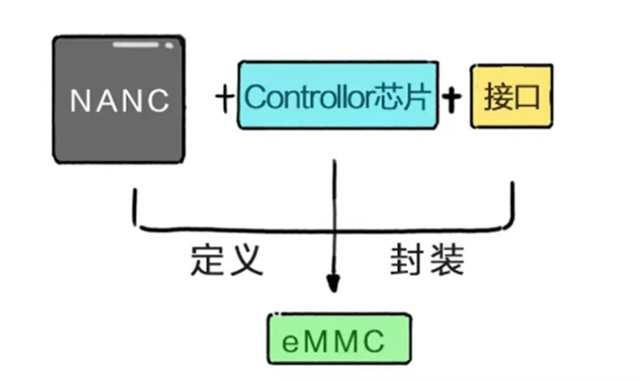
UFS=An Advanced Version of eMMC

eMMC: Half-Duplex Mode UFS: Full-Duplex Mode
eMCP=eMMC+LPDDR+Standard Packaging
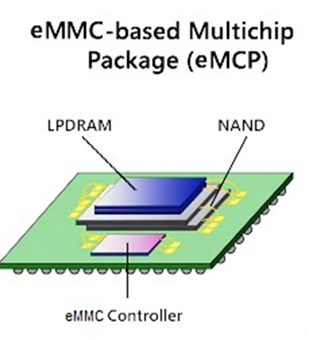
uMCP=UFS+LPDDR+Standard Packaging
